Learning English through stories is becoming a popular and effective method that helps children learn while playing in a natural way. By immersing themselves in lively stories, children not only improve their language skills but also develop imagination and creative thinking. So how can we apply this learning method effectively at home? Let's explore right away!
What is learning English through stories?
Learning English through stories is a method that helps children acquire the language naturally through reading, listening, or watching stories in English. Instead of learning in the traditional way, such as memorizing vocabulary or dry grammar structures, children are exposed to English through vivid, engaging situations with clear context.
This method often uses storybooks, comics, audio storytelling, or animated films to create an interesting and captivating learning environment. Children not only learn new words and grammar but also improve their listening, speaking, pronunciation skills, and develop creative thinking.

The benefits of learning English through stories for children
Learning English through stories not only brings joy but also helps children acquire the language in a natural and effective way. This method is increasingly being chosen by many parents for its outstanding benefits:
-
Developing natural language skills through vivid contexts.
-
Improving listening and pronunciation skills when exposed to native accents.
-
Easily expanding vocabulary thanks to illustrative images and engaging stories.
-
Stimulating imagination and creativity through rich plots.
-
Nurturing a love for English through enjoyable learning experiences.
-
Training comprehension skills through exploring plots and characters.
-
Developing confident communication skills through retelling stories or answering questions.

How to choose suitable stories for children when learning English
To make the method of learning English through stories effective, choosing the right stories for children is very important. Below are some criteria to consider:
-
Child's Age: Choose stories that are suitable for the child’s understanding and interests according to their age. For example, young children (2-5 years old) prefer stories with large illustrations and vibrant colors; older children (6-10 years old) can read longer stories with richer content.
-
Simple and Engaging Content: Choose stories with simple plots that are easy to follow, lively characters, and interesting events to stimulate the child's curiosity.
-
Appropriate Language: The story should use vocabulary and sentence structures that are simple and suitable for the child’s level of English.
-
Vivid Illustrations: Stories with beautiful pictures and clear illustrations will help children easily visualize and understand the meanings of new words without needing translation.
-
Varied Themes: It’s a good idea to select stories with a variety of themes, such as family, friends, animals, nature, magic, etc., to help children expand their vocabulary and knowledge.
-
Bilingual Stories: For children who are just starting to learn English, bilingual books will help them understand the content and learn vocabulary more effectively.

Effective methods for learning English through stories
To help children learn English through stories effectively, parents need to apply suitable methods and encourage children to learn in a natural and engaging way. Here are some helpful methods:
Reading stories with children
One of the best ways for children to learn English through stories is to read with them every day. This not only helps children get in touch with English naturally but also creates a fun time between parents and children. Read clearly and slowly, paying attention to stressing words so that children can familiarize themselves with proper pronunciation and intonation.
Explaining new words through context
During the reading process, children will encounter many new words. Instead of translating the meaning into Vietnamese, try to explain by pointing to illustrative images or using gestures and expressions. For example, if you come across the word 'happy', you can smile and say, 'The boy is happy!' This helps children link vocabulary with meaning naturally and more memorably.
Encouraging children to interact through questions
Asking questions about the content of the story is a great way for children to develop their thinking and communication skills. After reading a passage, you can ask simple questions like, 'What did the bear find in the forest?' or 'Why was the princess sad?' Answering in English will help children become more confident in using the language.
Practice retelling the story
Retelling the story in English as they understand it is an effective exercise to help children practice their speaking skills. You can encourage them to retell using simple sentences or ask guiding questions to help them remember the main events. This activity also helps children develop their imagination and creativity.

Combine watching cartoons based on the story
Children often love animated films. If the story they read has an animated version, let them watch it to reinforce what they've learned. Movies help children connect vocabulary with actions, images, and sounds, thus aiding longer retention.
Create a daily reading habit
Consistency and regularity are the keys to success when learning English through stories. Try to maintain a habit of reading stories daily or weekly. This helps children naturally develop a love for the language.
Use bilingual stories for beginners
For those who are just starting to learn English, bilingual stories are a great choice. Reading in both English and Vietnamese helps children understand the content easily, compare expressions between the two languages, and thus learn vocabulary and grammar more effectively.
Learn English through stories with Monkey Stories
If you are looking for a systematic and effective method for your child to learn English through stories, Monkey Stories is definitely worth considering. This course is part of the Monkey Junior app, specially designed for children aged 3 - 11 years old, helping them practice Reading and Comprehension with a clear learning path and a rich library of materials.
The Monkey Stories course includes over 1000+ interactive comic stories, divided into 14 levels, with 1300+ interactive activities after each story, ensuring that your child will engage with English through stories in a natural and exciting way.
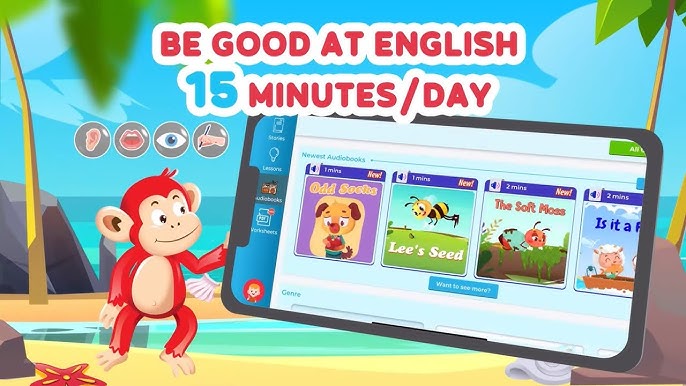
The story system in Monkey Stories is divided into 3 main categories:
-
Stories for you: Stories that children must complete in order to advance to the next level.
-
Read now: Daily reading recommendations in order from the Stories for you library.
-
Library: A diverse collection of stories according to each level for children to practice and read based on their interests.
A standout feature of Monkey Stories is the integration of the M-Speak AI technology, which helps evaluate and provide feedback on pronunciation in American English, along with an exciting reward system such as coins, stickers, and pet-care items to motivate children’s learning.
This course is also designed to allow parents to easily track their child’s learning progress, ensuring they are studying age-appropriate materials that match their level.
Sign up today to receive up to 40% off, along with many exciting gifts! Hurry up so your little one can experience the most enjoyable and effective way to learn English through stories!
Suggestions for some good English stories for Thai children
The following books not only help Thai children learn English effectively but also provide valuable lessons through engaging stories that are relatable to Thai culture.
Kaew the Playful
Author: Waen Kaew (pen name of Princess Maha Chakri Sirindhorn)
Content: The story is about a mischievous, smart, and imaginative girl named Kaew. Kaew and her close group of friends always find ways to turn each day into an exciting adventure. From exploring the deep green forest, helping little friends in trouble, to learning how to face fears, Kaew always conveys positive energy and optimism. The story not only helps children improve their vocabulary but also teaches them about friendship, kindness, and bravery.
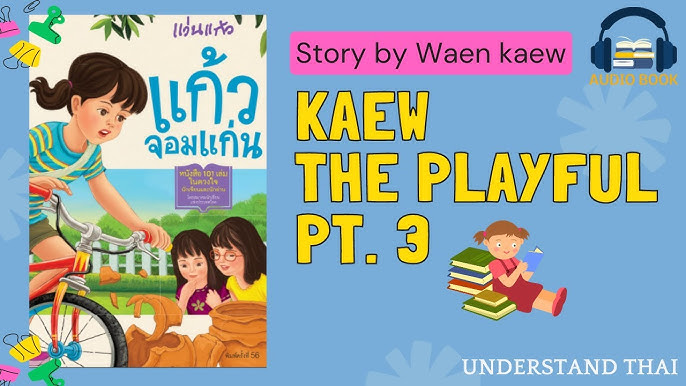
The Little Blue Tuk Tuk
Author: Chariya Boonlert
Content: The Little Blue Tuk Tuk is a cute story about a little tuk-tuk with dreams of becoming a famous taxi in Bangkok. Although it is just an old tuk-tuk, its determination and enthusiasm have helped it overcome all difficulties. On its journey, the Little Blue Tuk Tuk makes friends with many interesting characters such as playful elephants, mischievous monkeys, and even some unfamiliar tourists. Through the story, children will learn lessons about self-confidence, perseverance, and how to treat others well.
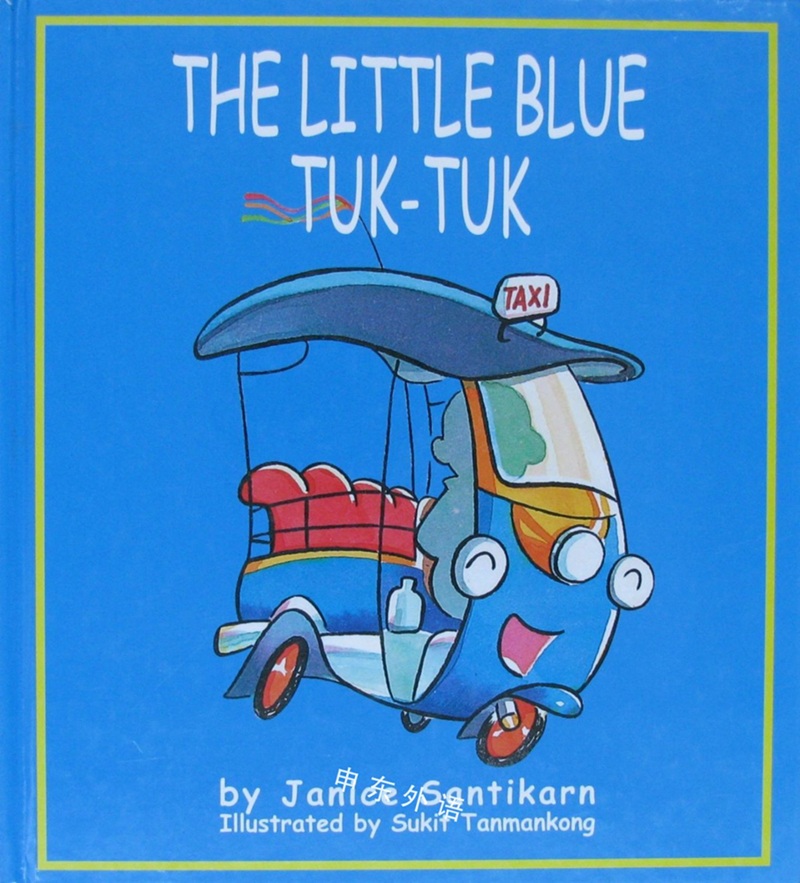
Thai Children’s Favorite Stories
Author: Marian D. Toth
Content: This is a collection of Thai folk tales retold in English, from legendary stories about gods and folk heroes to humorous and touching stories about everyday life. Through each story, children not only enhance their vocabulary but also explore traditional values, customs, and the unique cultural identity of Thailand. For example, the story about Hanuman – the brave monkey god or The Magic White Elephant – a meaningful story about kindness and honesty.
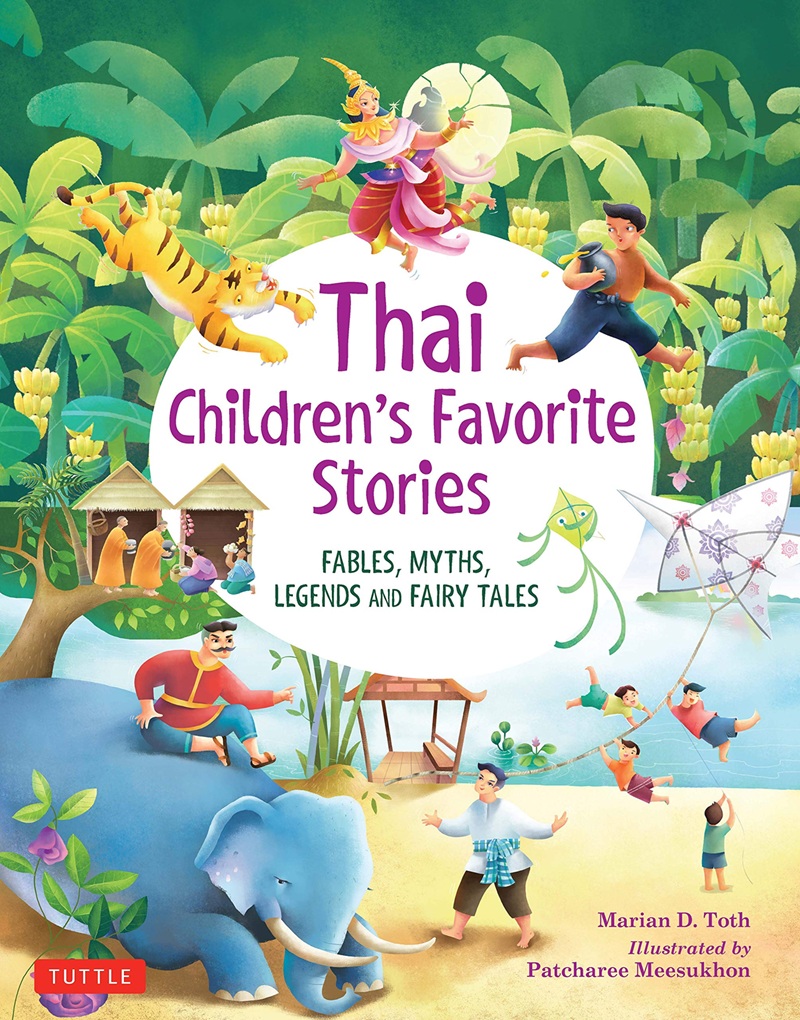
Lima's Red Hot Chilli
Author: David Mills
Content: The story revolves around the adorable but clumsy girl Lima. One day, Lima accidentally bites into a fiery red chili and immediately jumps up due to the burning sensation. From then on, Lima begins her journey in search of refreshing water from her animal friends in the forest. Each time she meets someone, Lima learns a new lesson about patience, gratitude, and how to overcome difficulties. This humorous story helps children learn English through funny, natural, and easy-to-understand situations.

Peek! A Thai Hide-and-Seek
Author: Minfong Ho
Content: This colorful picture book tells the story of the traditional hide-and-seek game in Thailand between a girl named Noi and her loving grandfather. While her grandfather hides, Noi has to search everywhere in the house and the lush tropical garden. Along the way, Noi unexpectedly discovers various wild animals hiding around, such as little elephants, monkeys, and bright parrots... Through this simple yet meaningful game, children not only learn new vocabulary but also feel the warmth of family affection.
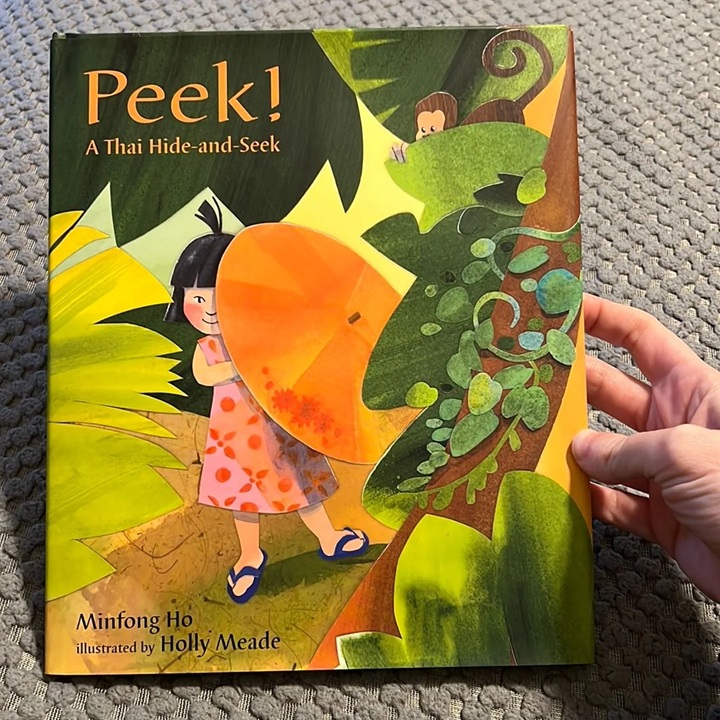
Conclusion
Learning English through stories is an effective method that helps children both entertain themselves and acquire knowledge naturally. Through interesting and educational stories, children not only improve their language skills but also broaden their understanding of culture and life. Let Monkey Stories accompany them on a fun and rewarding journey of learning English through stories!



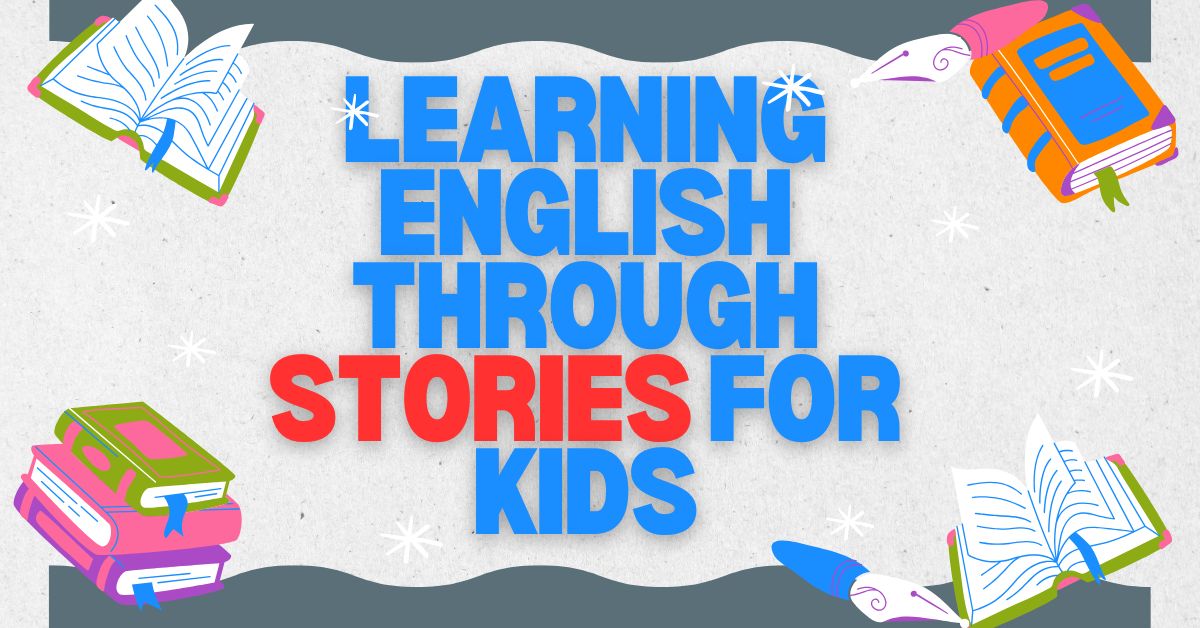
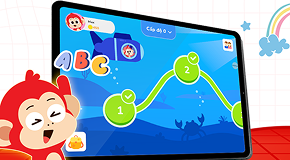
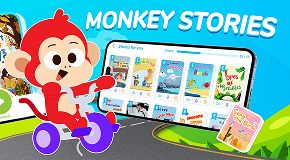
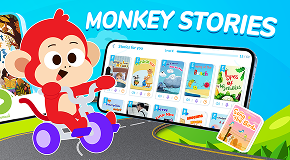
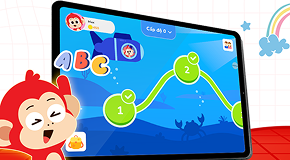
.svg)
.png)



.jpg)
